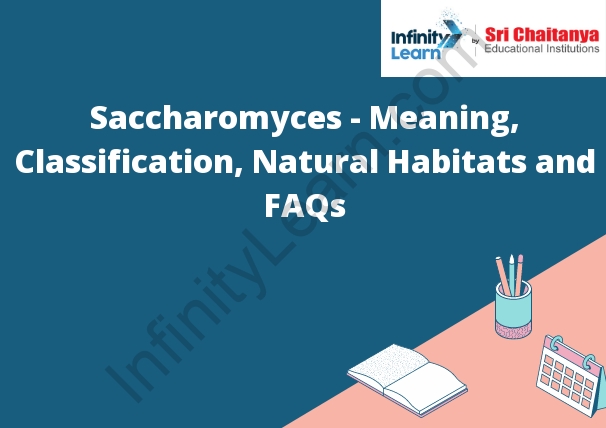Table of Contents
What is Saccharomyces?
Saccharomyces is a genus of yeast, a type of fungus. Saccharomyces cerevisiae is the most common yeast species, and is used in baking and brewing. Saccharomyces is also used in the production of some types of chocolate and in the production of bioethanol.

Saccharomyces cerevisiae
Saccharomyces cerevisiae is a single-celled eukaryotic organism that is most commonly found in the yeast form. It is a type of fungus and is used in the production of beer and bread. It reproduces asexually by budding and is also capable of sexual reproduction. S. cerevisiae is a nutritional powerhouse, providing high levels of protein, vitamins, and minerals. It has also been shown to have a number of health benefits, including improved cardiovascular health, enhanced cognitive function, and reduced inflammation.
Saccharomyces Cerevisiae Characteristics
Saccharomyces cerevisiae is a single-celled yeast that is found in the environment and in the body of animals. It is a eukaryote and has a nucleus and other organelles that are found in cells with a membrane-bound nucleus.
S. cerevisiae is a facultative anaerobe, meaning that it can survive and grow in the presence or absence of oxygen. It is a yeast and does not have flagella, so it does not move by swimming.
S. cerevisiae is a heterotroph that uses organic molecules as food. It ferments sugar to produce carbon dioxide and ethanol. The ethanol is what makes bread dough rise and gives beer and wine their alcoholic content.
S. cerevisiae reproduces asexually by budding. The daughter cell forms as a small bulge on the side of the mother cell.
S. cerevisiae is a relatively easy microorganism to grow in the laboratory. It is used in many industrial applications, including the production of bread, beer, and wine.
Taxonomic Classification
Taxonomic classification is the system of organizing living things by their shared characteristics. Organisms are placed into groups based on their similarities, and each group is given a name. The taxonomic classification of an organism can be used to determine its relationship to other organisms.
Description and Natural Habitats
The American alligator is a large, carnivorous reptile that is native to the southeastern United States. Alligators are ectothermic, meaning that they rely on external sources of heat to regulate their body temperature. They are most active during the day, and prefer to live in warm, swampy habitats near bodies of water. Alligators use their long, sharp teeth to catch prey, which includes fish, turtles, birds, and small mammals. They are capable of running quickly over short distances, and can also swim very well.
What is the Scientific Name of Yeast?
Saccharomyces cerevisiae
Pathogenicity and Clinical Significance
of Streptococcus pneumoniae
Streptococcus pneumoniae is a Gram-positive, facultative anaerobic coccus that is a leading cause of community-acquired pneumonia, bacteremia, and meningitis. It is also a common cause of sinusitis, otitis media, and other respiratory tract infections. S. pneumoniae is a member of the oral flora and is often found in the nasopharynx of healthy individuals. However, under certain circumstances, S. pneumoniae can cause serious infection.
S. pneumoniae is highly virulent and can cause serious infection, even in healthy individuals. It is a leading cause of community-acquired pneumonia, bacteremia, and meningitis. It can also cause sinusitis, otitis media, and other respiratory tract infections.
S. pneumoniae is sensitive to a variety of antibiotics, including penicillin, erythromycin, and cephalosporins. Treatment with antibiotics is usually effective in eliminating the organism.
Macroscopic Features
The cells of a red blood cell are biconcave disks that are about 7-8 micrometers in diameter. They are about 2 micrometers thick. The cells are filled with hemoglobin, which gives them their characteristic red color.
Hemoglobin is a protein that binds to oxygen. Red blood cells circulate through the body, picking up oxygen from the lungs and delivering it to the other cells.
Red blood cells are destroyed when they are no longer needed. The hemoglobin is broken down and the cells are recycled.
Microscopic Features
The cells are small and round with a smooth surface.
The cytoplasm is clear.
The nucleus is round and has a smooth surface.
There is no evidence of cell division.
Organelles are not visible.









